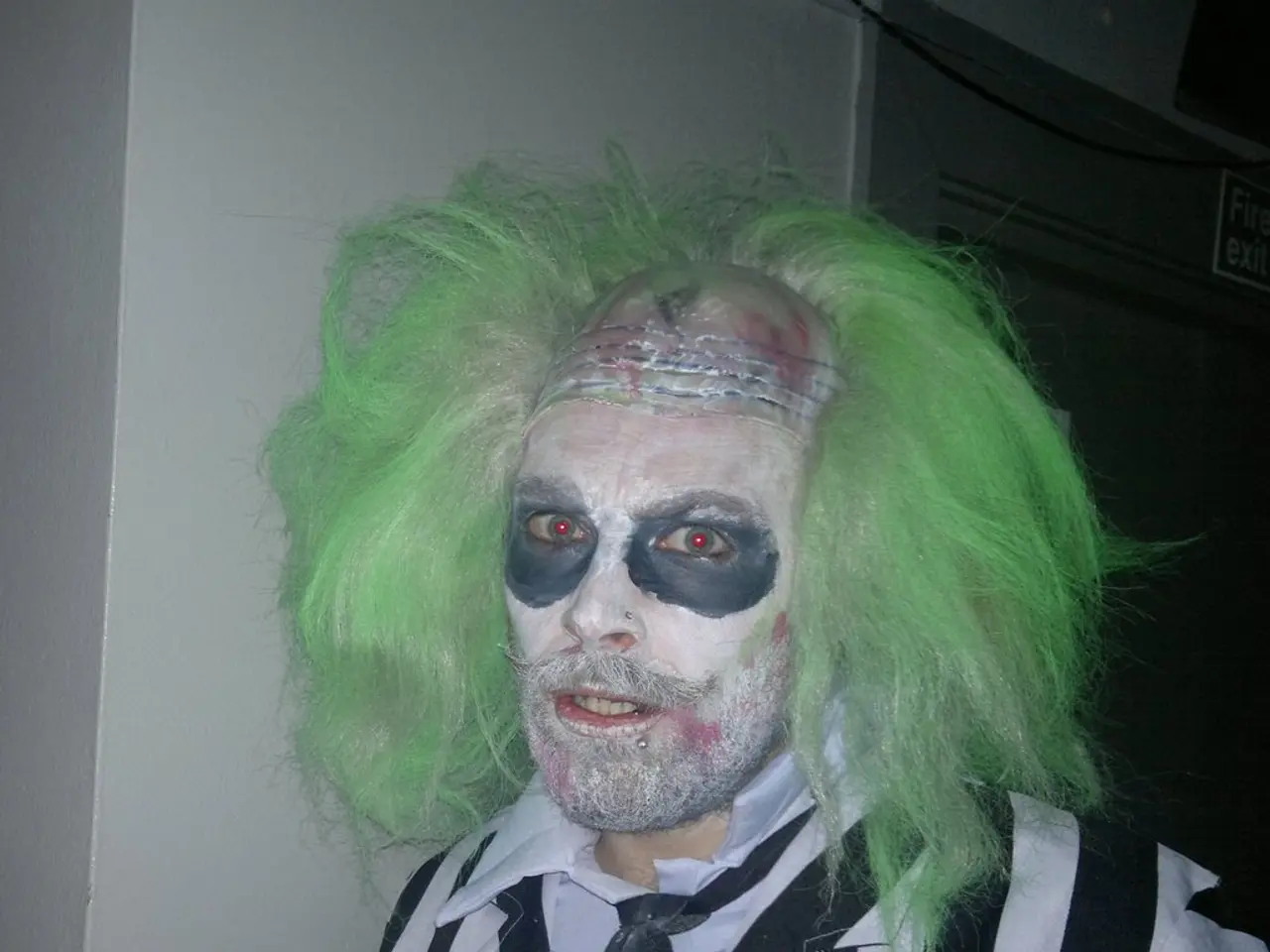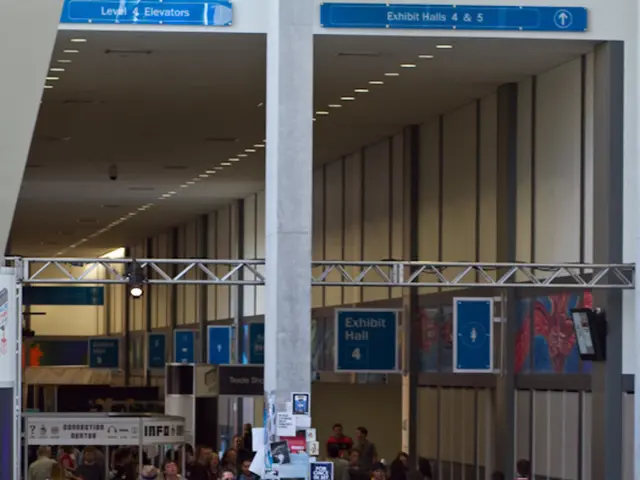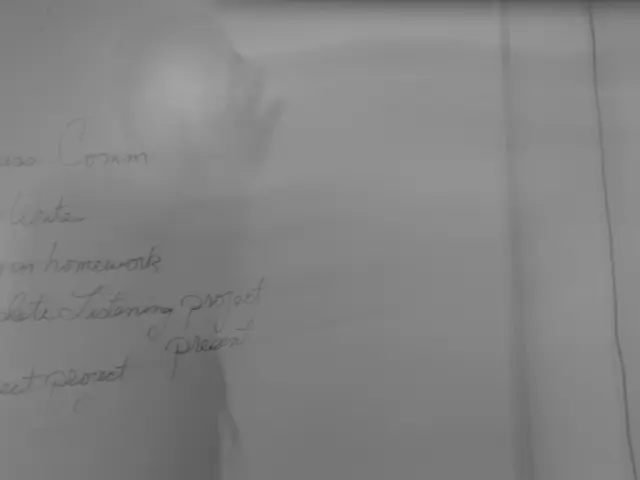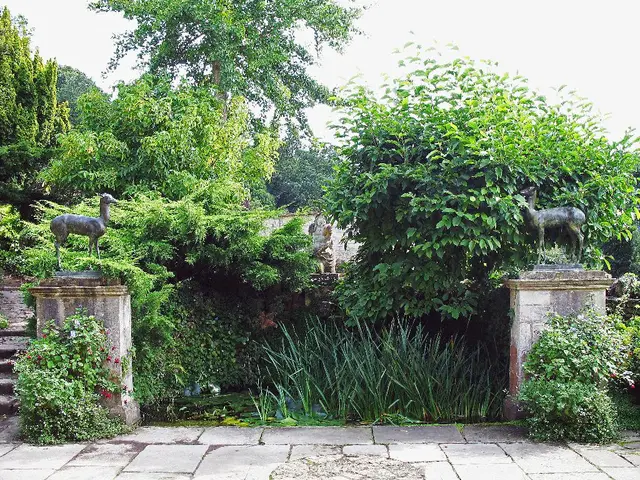Most Terrifying Horror Films Set in Haunted Houses Ever Made
Haunted House Horror Movies: Timeless Tales of Terror
Haunted house movies continue to captivate audiences, blending old-school suspense with modern effects to create a chilling experience that never grows old. From the eerie old mansion to the vengeful spirits that lurk within, these films tap into our deepest fears and anxieties, offering a safe exploration of the unknown.
One of the key elements that make haunted house horror movies successful is the portrayal of the house itself as a character. The architectural features of these sinister dwellings, such as looming gables, eerie windows, and sinister facades, are used to heighten the unsettling effect. For instance, The Haunting (1963) used infrared film and camera techniques to make the mansion look like a "monster house" with windows resembling eyes, amplifying the house’s menacing presence.
Atmosphere and mood are also crucial in creating a tense environment. Effective use of lighting, sound (haunting scores and unsettling noises), and practical effects contribute to a chilling environment. Films like The Amityville Horror rely on an eerie musical score and practical effects to create a chilling environment.
Haunted house movies are successful when they tap into viewers’ deep anxieties by confronting themes such as death, grief, and the supernatural. For instance, some stories explore the psychological trauma behind hauntings, making the horror more personal and relatable. The character arc of Harper in Haunt shows how her traumatic past fuels the emotional intensity and audience investment.
Suspenseful pacing, unexpected jump scares, and horrifying death scenes keep audiences on edge. Haunt exemplifies this through a mix of suspense and sudden scares, balanced with emotional storytelling.
Minimalism and suggestiveness can also be more frightening. Showing less of the supernatural and instead suggesting or implying horror can play on fear of the unknown, as championed by producers like Val Lewton and applied in The Haunting (1963), where very little supernatural phenomena are seen, increasing tension by what is suggested rather than explicit.
Some haunted house horror movies use found footage or documentary styles to create authenticity, making the experience feel more immediate and real to viewers. This approach is seen in The Blair Witch Project and Lake Mungo.
In the 1960s and 70s, there was a resurgence in haunted house movies, with classics like The Haunting (1963) and The Amityville Horror (1979) paving the way for more psychological horror. More recent additions to this genre include Insidious (2010), which incorporates the concept of astral projection into the haunted house genre.
The Others (2001) is a haunted house horror film where the sense of dread builds with each scene, leaving viewers wondering whether the haunting is real or the result of the characters' psychological unraveling. Sinister (2012) is an unsettling blend of found footage and haunted house tropes.
In summary, successful haunted house horror movies combine a sinister, character-like setting with atmospheric visuals and sounds, psychological depth, effective suspense and scares, and often exploit the fear of the unknown to create a terrifying experience that resonates emotionally and viscerally with audiences.
- Romance movies may evoke feelings of love and passion, but horror movies, particularly those set in haunted houses, tap into our deepest fears and anxieties.
- The architectural features of haunted houses, like looming gables and eerie windows, are used to heighten the unsettling effect, similar to the way fashion-and-beauty designers use bold colors and intricate patterns to make a statement.
- Just as lifestyle magazine articles delve into various topics, haunted house horror movies often confront themes such as death, grief, and the supernatural, offering a safe exploration of the unknown.
- In home-and-garden design, minimalism and suggestiveness can create a sense of understated elegance, and in horror films, such an approach can be more frightening by playing on fear of the unknown.
- Movies-and-TV shows often explore different genres and styles, and some haunted house horror movies use found footage or documentary styles to create authenticity, making the experience feel more immediate and real to viewers.
- European leagues like the Premier League offer intense sports competitions, much like how football games offer thrilling entertainment, and horror movies, particularly those focused on haunted houses, offer a unique form of entertainment in the realm of general-news and pop-culture discussions.



